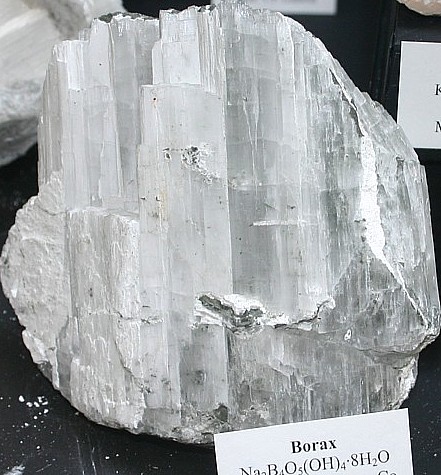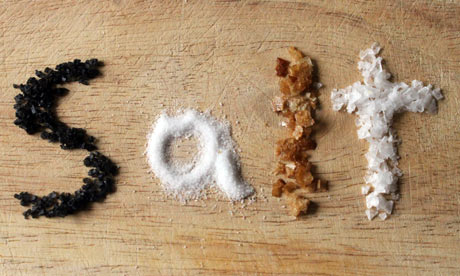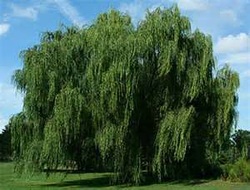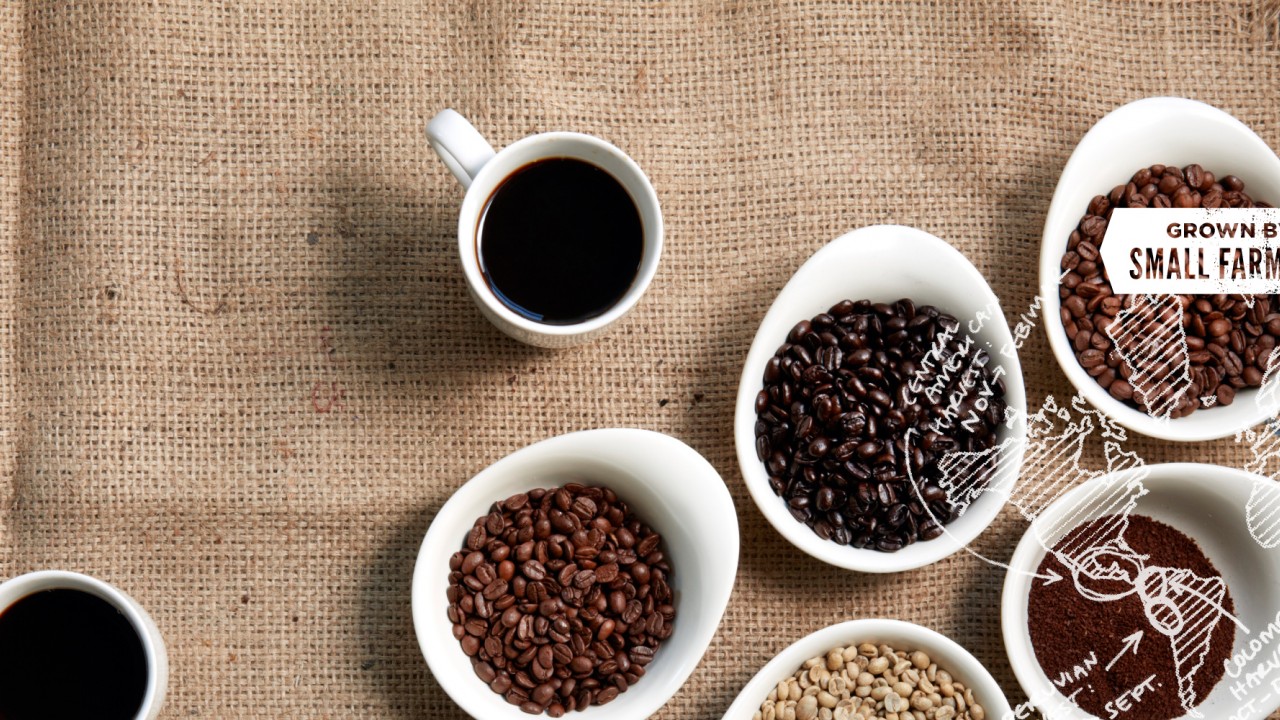This year was my first year to try and do some raised bed gardening. While the above photo is not my bed, hubby and I did construct a similar bed. Since this was my first year to try this, I am not completely sold on it yet. But, I am hoping that with some of my new found knowledge albeit trial by error, that next year will be a better year for me.
You can construct a raised bed out of almost any type of material. I used 2x6s that were treated. I know this is not the way to go now, but at the time I using what was within my limited budget. I also used weed barrier cloth that was given to me to line the bottom. You could use newspapers or cardboard to put in the bottom of your bed to keep the weeds away.
You can construct your raised bed from many different options depending on your budget. I have seen beds made with cinder blocks, cedar, re-purposed wood, and many types of stone including brick and what is known around here as "Arkansas flat stone". The possibilities are endless.
I think the biggest advantage for me with a raised bed was that it was easier to work. Because I filled it with compost, I did not need anything other than basic gardening tools to work the dirt. I also liked the fact that weeds are at a minimum since the area is confined. I really enjoyed trying to plan out what to plant where and how to maximize my space. Also, now that the season is almost over, I can use my bed as a compost bin which is a great advantage.
Other than the initial expense involved in constructing a raised bed, water is the biggest issue. Because the area is raised, it drys out faster and it takes more water to keep things growing properly. My tomatoes suffered from "
leaf curl" which I later learned was caused from irregular watering. I would recommend that you consider how much you can or are willing to water before you use a raised bed. I do have a rain barrel and a soaker hose that I used but, I still needed to water on a more regular schedule.
If your soil is mostly clay or some other hard soil, or if you live in an area with contaminated soil, a raised bed is a good option if you want to grow your own food. This
article is a very good place to start to learn what you can plant safely in contaminated soil. She also lists some of her own pros and cons of raised gardening.
Soil "shrinkage" is another disadvantage with this method. This is easily remedied by using your beds as a compost bin during the off season. Raised beds are nothing more than big containers so keep that in mind when planning your garden. You can go
here to read 5 common problems and solutions with raised bed gardening.
If you fill your raised bed with compost, your ph should be around 6 or 7 which is neutral (good). I am not well versed in all the ph lingo but, I do know that you should have your soil tested before you just start adding things like lime and other chemicals. Lime takes a while to get into the soil so you will want to add that at the end of your growing season so that it has time to get into the soil.
Nitrogen is another nutrient that you will hear people tell you to add to your soil. There are plants that will naturally add nitrogen to your soil. You can also add coffee grounds to your soil. If you have access to chickens, their droppings are a good source of nitrogen for your garden. I found this
article concerning nitrogen that gives some great advice on how to test for nitrogen in your garden.
Raised beds can be a great option for many experienced and novice gardeners alike. If you think you have a "brown thumb", I would suggest some fuss free plants to give you some confidence in your growing abilities. I would also start small if you have limited funds. Look around you and see what you have that can be re-purposed into raised bed materials. Think outside the box and surprise yourself with your own ingenuity!
As always I would love to hear your comments and tips!
 We have replaced light bulbs in most of the lamps and everyone has become better at turning off lights and electronics when not in the room. I also have lots of house plants to not only improve the air quality of the house, but they add that little extra warmth to the overall decor.
We have replaced light bulbs in most of the lamps and everyone has become better at turning off lights and electronics when not in the room. I also have lots of house plants to not only improve the air quality of the house, but they add that little extra warmth to the overall decor.











